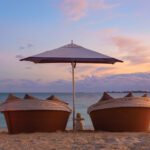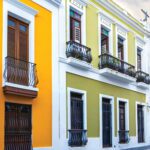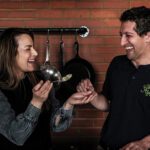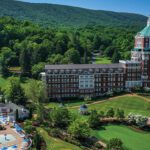The unspoiled beauty of Panama
February 28, 2024
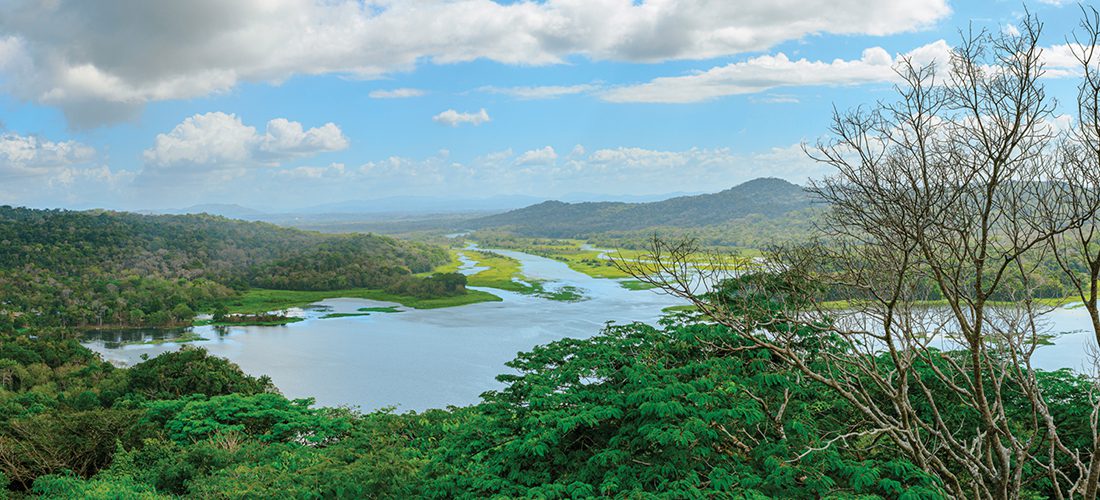
A family vacation to the crossroads of the world blends comfort, culture and curiosity.
by Krisha Chachra
My husband and I decided we needed to flip the script on travel last summer when our daughter told us she wanted to go to Bora Bora for her birthday — she was turning 8. I’m sure when I was her age, I couldn’t point out Bora Bora on a map, let alone think going for my birthday was a reasonable request. But not only can my daughter find the beautiful country on the globe, she believes going there isn’t remotely out of her reach.
According to social scientist and demographer Mark McCrindle, Generation Alpha, born between 2010 and 2024 and the first to grow up surrounded by technology, are the most “materially endowed generation ever” and “the most technologically savvy.” They have unprecedented access to the internet, which means they have more information about the world at a younger age. They’re curious to visit new places as well as specific hot spots highlighted on YouTube or TikTok. According to Madden Media, now more than ever kids are determining where families take vacations and what they do when they get there.
But we weren’t taking our 8-year-old to Bora Bora for her birthday. She can wait to go like we did — for our honeymoon. As an only child, she already travels in a style that her parents didn’t experience when we were her age. We struggle with the idea that she is growing up expecting travel to be about luxury and comfort, but at the same time, we want a higher quality vacation experience at this stage of our lives.
Our solution? Finding a destination that offers modern conveniences while also pushing the boundaries of our comfort zone, and experiences that honor the interests of our family. My daughter loves sloths and other wildlife; my husband relishes good food and exploring historic sites. I value learning from locals, and I want our daughter to immerse herself in true, unspoiled beauty — not just see it on a screen. After much research, we picked a destination that had something for everyone: Panama.


The author and her family at Bocas del Toro.
New tourism, old cities
Panama, famous for its transcontinental canal connecting the Pacific and Atlantic oceans, has a relatively new tourism industry. The Central American country hasn’t fully capitalized on the eco-tourism that its neighbor, Costa Rica, is known for. Though Panama has a similar landscape and consists of 34% rainforest, it isn’t a top choice when westerners plan a trip.
Before the turn of the century, Panama had little incentive to invest in its tourism industry because any financial returns would go to the United States. Now that Panama controls the canal, more infrastructure is in place to attract tourists. It’s very easy for an American to navigate through Panama — the U.S. dollar is used everywhere. In fact, Panama has never had its own paper money since gaining independence from Colombia in 1903.
After a five-hour flight from Charlotte, you’re in Casco Viejo, the historic old district within Panama City. Walking around Casco is like traveling back to midcentury Spain – cobblestone streets, outdoor cafes, charming coffeehouses and mini town squares with ornate churches and bell towers. Inside the churches, our tour guide tells us that gold-dipped relics from the conquistadors were kept safe by parishioners who would smear them with mud, which made them less appealing to pirates like Captain Morgan (the rum-toting Welshman who pillaged Panama several times). Duck into art galleries and open-air bars that offer rum tastings, and try some rare geisha coffee grown in the Panamanian highlands. My husband enjoyed learning the history of the Panama hat (as he tried several on), only to learn that the iconic headwear made famous by Teddy Roosevelt is originally from Ecuador.
Wild rainforest
Our daughter was determined to see a sloth in the wild, so after a few days, we left the city for the rainforest. In Gamboa, we spent the days cruising on secret waterways on a boat searching for sloths, or “oso perezosos” (Spanish for “lazy bear”). We saw capuchin and howler monkeys leap from trees as we sped from island to island on Gatun Lake. We ziplined through the jungle’s canopy and saw toucans and more monkeys.
At dusk, we’d take a safari ride and peer deep in the trees with flashlights, hoping to find a sloth. Instead, we spotted quiet caimans — alligator-like creatures — crouching by the riverbank. During the day, we hiked through Soberania National Park and Rainforest Discovery Center and were surrounded by hummingbirds. The hammock on our balcony at the Gamboa Rainforest Reserve proved to be the best spot to hear nature come alive. At that point, our daughter had forgotten all electronic devices as her eyes scanned the trees in search of the elusive sloths. Perhaps we needed to go deeper in the rainforest.


The author and her family with members of the Embera Drua tribe.
Local culture
Our guide from EcoCircuitos, Jose Manuel, arranged a day visit to the village of the indigenous Embera Drua tribe. The tribe lives deep in the Panamanian jungle along the Chagres River. To get there, we boarded a motorized dugout canoe guided by two tribesmen wearing loincloths who navigated the shallow rocks in the twisting river. We spent the day among the tribe — about 120 strong — who told us that tourists help keep their culture alive. Young members find value in weaving baskets and creating cocobolo wood carvings when tourists admire and buy their work. Those earnings allow them to buy gasoline, medical supplies and eventually send their kids to school in the city.
My daughter watched the uniform-clad Embera children go to school a few feet from their huts. At the end of the school day, she joined them for a swim in the cool Chagres. We marveled at the kids splashing joyfully in the river that cuts a winding path through lush, forested mountains — the pure beauty of it all was right in front of us. We ate a lunch of fresh tilapia and handpicked fruit as the Embera explained how they make their own houses by hand, using wood they cut during the full moon. This “moon wood” is also used for the stilts their houses are built on, preventing homes from being washed away during heavy rains. However, it was the lack of rain — so critical to Panama’s economy — during our visit that weighed heavy on their minds.
The elusive sloths
We couldn’t leave Panama without spotting a sloth in its natural habitat — that had been my daughter’s wish. At the sloth rescue sanctuary in Gamboa, we learned the “lazy bears” camouflage themselves as termite nests so predators won’t disturb them. We kept this in mind while visiting the beaches of Bocas del Toro.
Things aren’t easy for citizens in Bocas. Everyone is friendly and welcoming — even inviting us to a local’s bar to watch a Gold Cup soccer game — but streets are riddled with potholes, rainwater and discarded items. The storefronts need updating, but the crystal-clear waters are what attract visitors and locals to the beaches. Bocas offers a glimpse into a simpler, unfiltered life. Locals sell fruit from canoes and eat snacks on banana leaves. The beaches are lined with thatched-roof huts — no curated sand, lounge chairs or umbrellas, with only tree roots to hang your towels on. You can flag a water taxi to take you to Zapatillas Cays or Dolphin Island to see the namesake mammals leap playfully through the wake of your boat. On the night of the new moon, our amazing tour guide, Jhanally Espinoza, took us out on a boat to see the bioluminescent algae light up in the Caribbean Sea like a blanket of sapphire stars.
But still, no sloths.
The next day, we arranged a trip to Starfish Beach to marvel at the bright, orange sea stars at our feet. The beach is accessed by chartered boat or by catching a water taxi in town, then hiking through the jungle as locals do. We decided to follow the local custom, and as if on cue, there they were: three sloths — two adults and a baby — just hanging in their natural habitat. The joy on my daughter’s face confirmed this sighting was better than anything she’d see in Bora Bora. SP
Krisha Chachra is a Charlotte-based travel writer.
